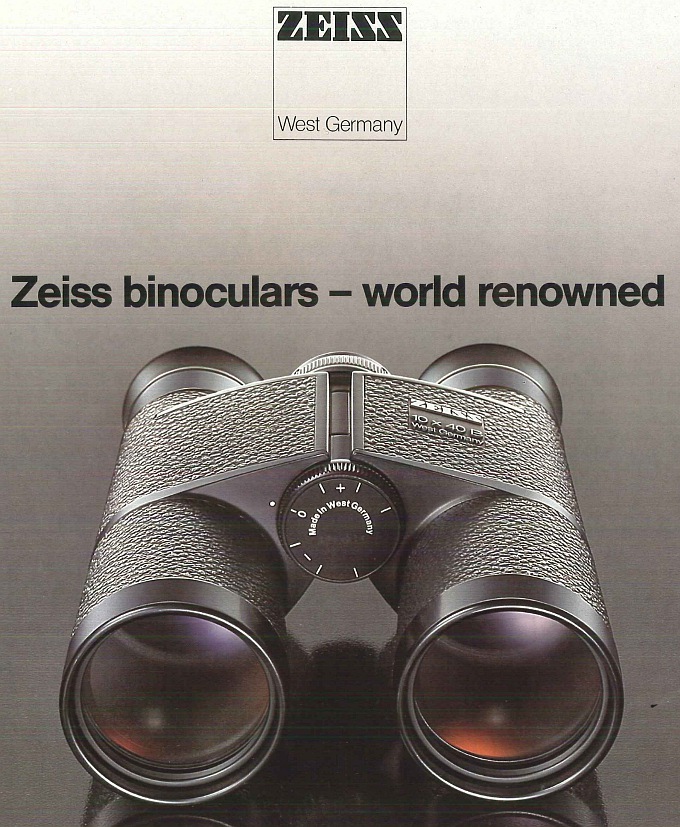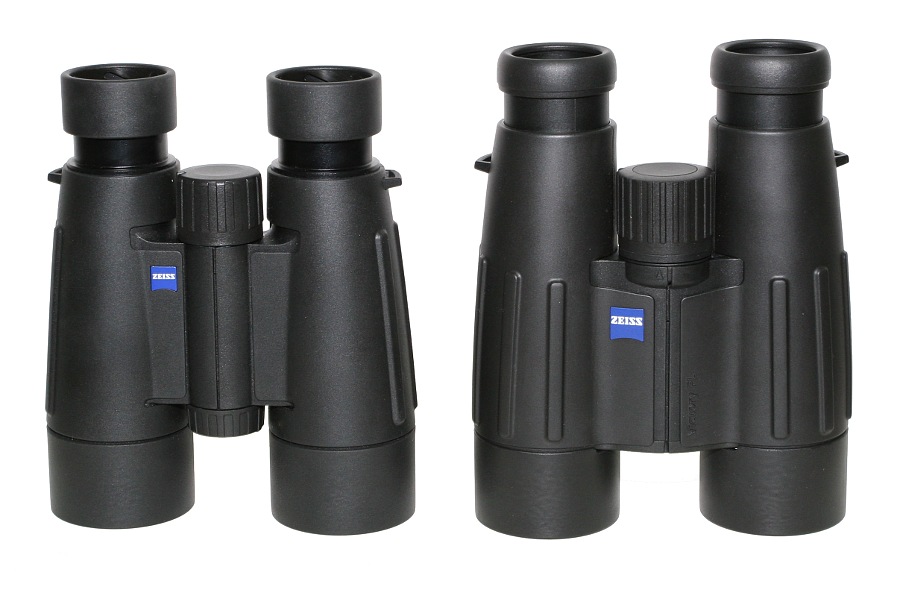

Being me in both categories.Anyway, this last one is absolutely neutral on this. For the hunters, more than the birdwatchers. It has a neutral colour view, unlike the older ones that had that yellow tint, used (as Swarovski said) to increase the contrast and the greens and browns at down and dusk. I still believe that the 10x40 Classic is a very fine binocular : for example I’ve not found details which would be visible in the FL and not in the Classic.I have had 4 Swarovski Habicht 10x40 over the years.Today I still have and use (and is one of my favorite binocular) one of the latest version and the W GA (green rubber armored).
#Zeiss 10x40 classic upgrade#
In conclusion, I’d say that none of the improvements listed above can justify in itself an upgrade from the Classic to the FL, but the sum of improvements can be worth it. The FL comes with better accessories : a nice and wide strap, useful objective covers, a light eyepiece cover, and a very thick and protective case. In the FL the strap lugs are near the sides, so the binocular hangs nearly vertically and is far more pleasant to carry around the neck. The strap lugs are badly positioned in the Classic : the objectives are leaning against the belly when the binocular is held by the strap. Because of the bigger body, the FL seems lighter than the Classic, despite it is not the case. The barrels of the FL are bigger, and this allows a stronger grip of the binocular, resulting in a more steady view.

I can still achieve a very good focus, so it’s a nice feature for me. To focus from 25 m to infinity, the Classic requires 1/8 turn, and the FL 1/16 turn. To focus from 6 m to 30 m, the Classic requires 1/2 turn, and the FL 1/4 turn. The focus wheel turns much more easily, and is twice as fast as the Classic : There is no play at all in the focus mechanism, contrary to my Classic, which has furthermore different plays in right and both barrels ( that really bothers me ). The closest focus distance is really 2 m, as advertised by Zeiss. The eye relief is about 3 mm longer in the FL, which makes a clear difference for an eyeglasses wearer like me : I can always see the entire field of view, without pushing my glasses on my nose. It happens rarely with the Classic, though it’s not a real problem. The Classic on the other hand has no perceptible distortion on static views, but shows a compression of the image near the edges on sweeping views, unlike the FL. In the field however, I’m not bothered by this small amount of distortion.

There is a perceptible pincushion distortion in the FL, which gives sometimes a strange image on architectural objects. At the very edge (where I never look), the Classic is somewhat better. Off-axis, the falloff of sharpness is nearly identical in both binoculars. Either I’m not sensitive to C.A, either the Classics are very well corrected from C.A, I don’t know. I have carefully tested the binoculars tripod mounted on high contrast objects like branches with clouds on the background, and I can hardly see improvements due to the elimination of chromatic aberration. The sharpness in the centre of the field is outstanding, but no better than the Classic. The contrast of the image is higher in the FL : black objects appear a tad darker in the FL. The colour rendition is excellent, clearly better than the Classic, which has a yellow cast easily noticeable in direct comparison. In low light conditions, the brightness is really impressive. It’s hard to believe but that’s the truth. The FL is brighter, and not by a small margin. Now I have the 10x42 FL, and there are a lot of improvements : >I bought the 10x40 Classic in 1992, with T* and P coatings. Here is a copy of a post I wrote on a birding forum, in response to a 10x40 Classic owner who wondered how much better can the new FL be :


 0 kommentar(er)
0 kommentar(er)
